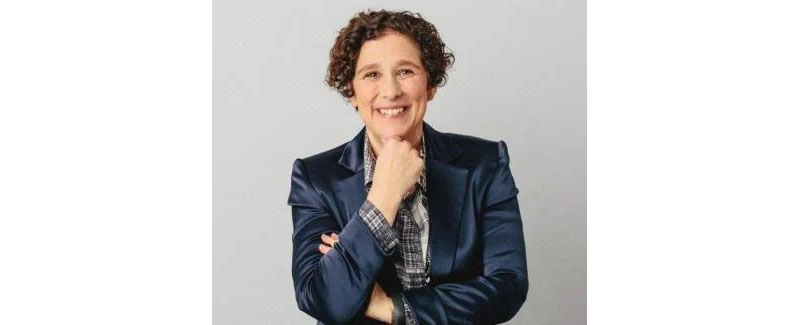Source: www.insideradio.com, October 2023
“We are not America,” is one of the messages that iHeartMedia CMO Gayle Troberman thinks big national marketers can take away from a recently released study conducted by iHeart and Pushkin Industries. It paints a picture of marketers being out of touch with typical Americans, who care more about things like religion and the military and are far less likely to be swigging an Aperol spritz or heading for the gym the way some ad buyers are.
“We are not always the target for our campaigns,” Troberman said Thursday during Adweek’s latest Crack the Code virtual series. “Check your biases and make sure your messages and your media strategies are going to win real America,” she told them.
Released last month, the study detailed a “cultural chasm” that Troberman believes could help make marketers realize they should be putting more focus on audio. Despite more data than ever on which to base buying decision, she believes that there is more “human bias” coming into market decisions as brands use the data to support whatever conclusion they have already arrived at, ignoring the gap between how American consumers and marketers think and live their daily lives.
Troberman said that while iHeart has an “admitted bias towards audio,” considering it is in the radio and podcast business, it does not negate the fact that Americans spend 31% of their media time listening to audio but the medium gets just 9% of media dollars. “There’s a big gap there that I think goes to the human bias and us being a little out of touch with the average consumer,” she said.
For broadcast radio, the reality that the average car on the road in America today is 12.5 years old also works in the medium’s favor, with AM/FM reaching nine out of ten consumers. “Broadcast radio is free, easy, accessible, open to everyone,” Troberman said.
The iHeart-Pushkin study shows the typical American makes less money than the average marketer. They are more likely to live in the South than the Northeast. They are also more demographically diverse than the GenXers who dominate the CMO offices. The study also reveals different interests. While Americans are more likely to travel domestically, marketers are more interested in jetting to Europe. And while most people would like to go to a barbeque, marketers say they’d like to hit the gym. By far, consumers are motivated by two primary drivers, their family and their friends while marketers are three times as likely to be motivated by fear.
“When you start thinking about how simple creative decisions and big media investment strategies [are made], we may be missing that real American consumer,” Troberman said. She also suggested that there has been too much focus on hyper-targeting with some advertisers approaching iHeart and only wanting to invest in one radio format like hip-hop or country. “We always go to our brands and say you want to reach America, you should be investing in all genres of music,” she said. “You want to be on ‘The Breakfast Club’ and Bobby Bones’s show.”
‘Podcasting Is On Fire’
Marketers may have been out in front on NFTs – four in ten consumers have never heard of them – but the study shows they are lagging when it comes to podcasting. When asked what things they would be least likely to give up, podcasting was the number one reply from those who took the survey.
“Podcasting is on fire,” Troberman said. “With NFTs, we probably got way too excited ahead of the consumer. But when it comes to podcasting, a lot of brands still don’t have a podcast strategy and yet podcasting is a daily habit. More than half of Americans listen to podcasts every month, and it is a daily habit for 18- to 34-year-olds. If you don’t have a podcast strategy yet, maybe you’re falling behind the consumer.”
Edison Research says a majority 53% of Americans aged 12-54 have listened to a podcast in the last month and 39% have listened in the last week.
Yet Troberman said some brands push back at spending on podcasts, viewing it as an overly niche medium. “It is not niche. It is the fastest growing medium in the history of media,” she said, pointing out their research reveals just how “hooked” they are to podcasts. “They are attached to their favorite podcasts, they listen to every episode, they follow their podcasters on social, and they don’t miss an episode. And podcasting has got the lowest ad skipping rates of any media.”
Troberman said that brands can also work the podcast genre segments to their favor, to reach specific target audiences with creative that costs a tenth as much as a video spot.
“That’s the special power of audio,” she said. “You can reach consumers where they are with what they care about.”

